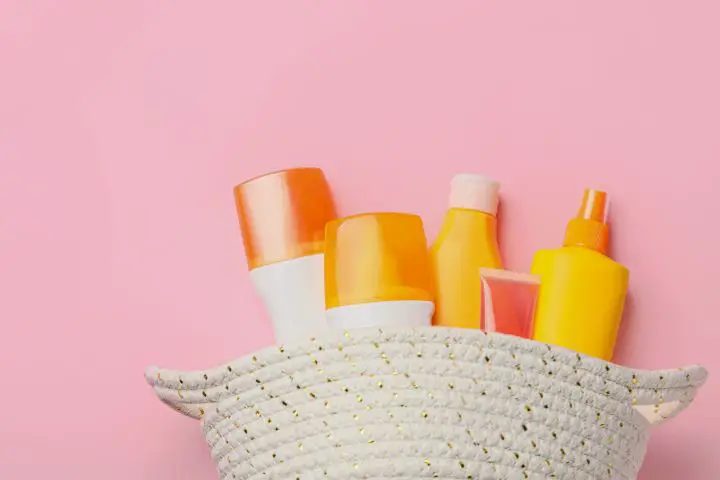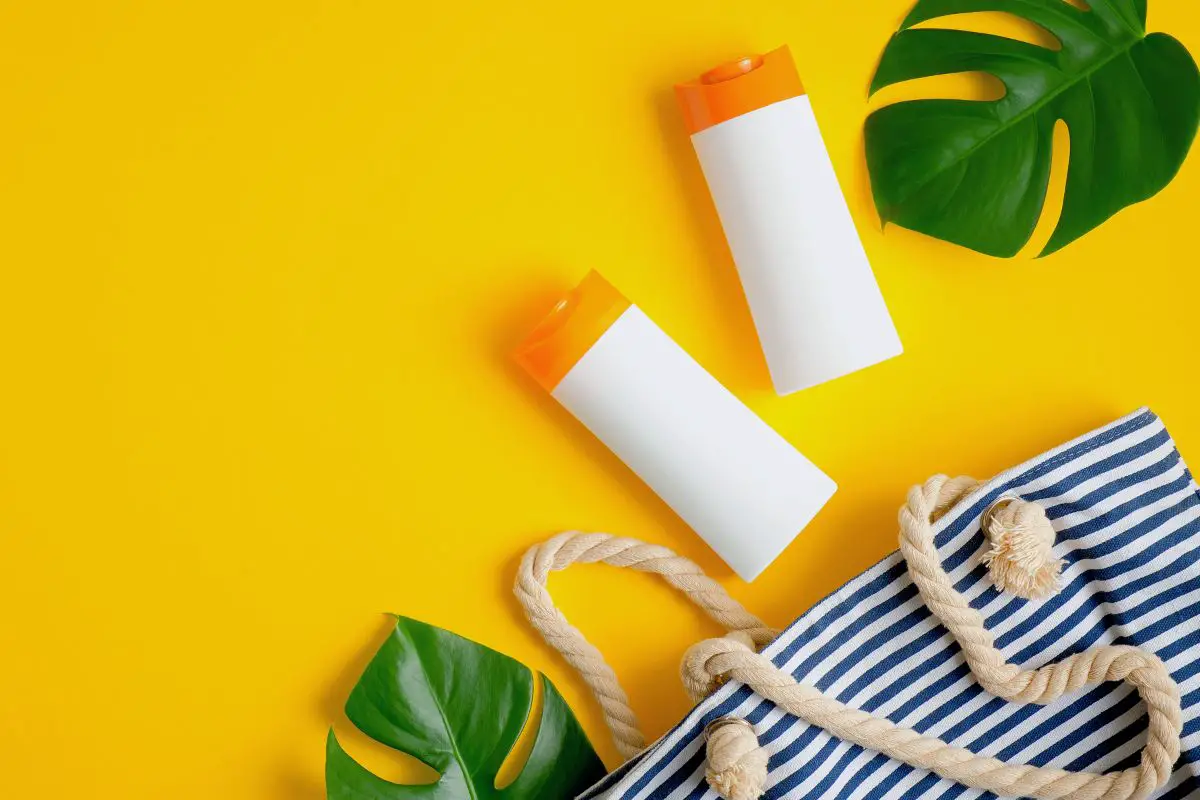Sustainable Sunscreen | +what to look for when choosing a sunscreen
Sustainable living is largely about making smart consumer choices for the environment. But when it comes to products we use on our bodies, personal safety is often an even bigger concern.
Sunscreen is a perfect example of how these two spheres can intersect and make shopping for day-to-day items a daunting task.
The potential for popular sunscreen ingredients to damage marine life is quickly becoming common knowledge – the same goes for our laundry detergent impacts on the environment. At the same time, the use of chemical UV blockers is being questioned by consumer safety agencies around the world.
Sunscreen isn’t something any of us should go without. Fortunately, the current research points to mineral-based sunscreen as the best option for both the environment and personal health.
In this article, we’ll answer your most pertinent questions about common sun-blocking ingredients and take some of the confusion out of choosing the most sustainable sunscreen possible.
Is Sunscreen Toxic?
Recently, we’ve heard a lot about how common sunscreen ingredients could be less safe than previously believed.
There is some preliminary evidence that chemical ingredients like oxybenzone and phthalates found in sunscreen and other skincare products are absorbed by the body.
In 2019, the US Food and Drug Administration (FDA) even removed 14 of the 16 chemicals used in sunscreen formulas from its list of generally accepted safe and effective (GRASE) ingredients. Such policy changes make it easy to question the safety of chemical sunscreen formulas.

Are Mineral Sunscreens Safe and Effective?
Yes! In fact, modern research from authorities like the FDA and European Commission shows that mineral-based formulas may be safer than chemical sunscreens.
In terms of sun protection, both offer an effective barrier against UV damage. The key difference is in how each type of formula interacts with the human body.
Mineral ingredients such as zinc oxide and titanium oxide work by sitting on the skin’s surface and reflecting UV rays. Chemical sunscreens, however, work by sinking into the top layer of skin and absorbing UV rays. As a result, mineral-based formulas do not carry the same risk of absorption.
Is Sunscreen Environmentally Friendly?
The biggest concern when it comes to sunscreen and the environment is how popular ingredients could be harming the ocean’s coral reefs. These ingredients easily make their way into waterways either via swimmers or plumbing (we all have to wash off the day’s sunscreen eventually).
Laboratory research shows that chemical sunscreens can bleach and otherwise interfere with coral health. Some ingredients may also impact marine life’s growth and reproduction.
Mineral-based sunscreens are frequently advertised as “reef-safe” because their ingredients are less likely to damage the marine ecosystem. With that said, “reef-safe” is not a regulated term, and it’s important to do your own research when shopping for sustainable sunscreen.
How to Choose Safe and Sustainable Sunscreen for Your Family
Foregoing sun protection in an effort to avoid harmful chemicals is not the answer.
There is an overwhelming wealth of research showing that sunscreen is extremely effective at preventing skin cancer. Meanwhile, the research showing that some sunscreen ingredients carry health repercussions is thin at best.

What you can do, however, is opt for sunscreen formulas made with evidence-backed ingredients that are as safe and sustainable as possible.
Opt for Mineral-Based Formulas
As we already mentioned, mineral sunscreens are believed to be safer for our health and the environment. So you really can’t go wrong in choosing a mineral-based sunscreen for your family’s daily protection.
When shopping for sunscreen, keep an eye out for the active ingredients titanium dioxide and zinc oxide. These are the only two minerals used in sunscreens.
Be aware that some sunscreen manufacturers use both chemical and mineral ingredients in the same formula. If a formula lists more than the two active ingredients above, it likely isn’t 100% mineral-based.
Avoid Spray or Aerosol Sunscreens
Aerosol products have long been associated with climate change. That’s reason enough to opt for lotion sunscreens whenever possible.
However, spraying sunscreens may pose additional health risks. Even ingredients that are deemed 100% safe for use on the skin — including minerals like titanium dioxide — can be hazardous when inhaled.
Look for Zero- or Low-Waste Packaging
Ingredients are just part of what makes any personal care product sustainable. If you want to invest in the most eco-friendly sunscreen possible, it’s also important to look at the packaging.

The most sustainable sunscreen will include one or more of the following:
- Minimal packing materials
- Packaging made with renewable materials
- Recycled/recyclable packaging
- Packaging that can be refilled or otherwise repurposed after use
Select a Sunscreen Made with Non-Nano Particles
Most mineral sunscreens available today are made with nanoparticles. These are extremely small particles of titanium dioxide or zinc oxide that are easily absorbed into the top layer of the skin.
Nanoparticles are also what make modern mineral sunscreens invisible once applied. Larger particles leave a visible white cast on the skin — i.e., the paste-covered noses we often associate with old-school lifeguards.
The potential problem with nanoparticles is that they haven’t been as extensively researched for safety as non-nanoparticles. According to Australia’s Cancer Council, however, the existing evidence suggests that mineral nanoparticles do not penetrate past the outer layer of the skin.
There’s also concern that nanoparticles are more likely to infiltrate marine ecosystems than larger particles. This is particularly significant since mineral-based sunscreens are so often sold as “reef-safe.”
Frequently Asked Questions

What Is Biodegradable Sunscreen?
Biodegradable sunscreen is made with physical UV blockers that will naturally break down over time without harming the environment. The term is often used interchangeably with “reef-safe” sunscreen. Most mineral-based sunscreens are also considered biodegradable.
Is Sunscreen Vegan?
Not all sunscreen formulas are vegan.
The active ingredients found in sustainable sunscreens are mineral-based and free of animal byproducts. However, some formulas still contain inactive ingredients that may not be vegan.
It’s important to always check the label when shopping for sunscreen and other skincare products. Fortunately, nearly all brands today clearly label their products as vegan and cruelty-free when applicable.






